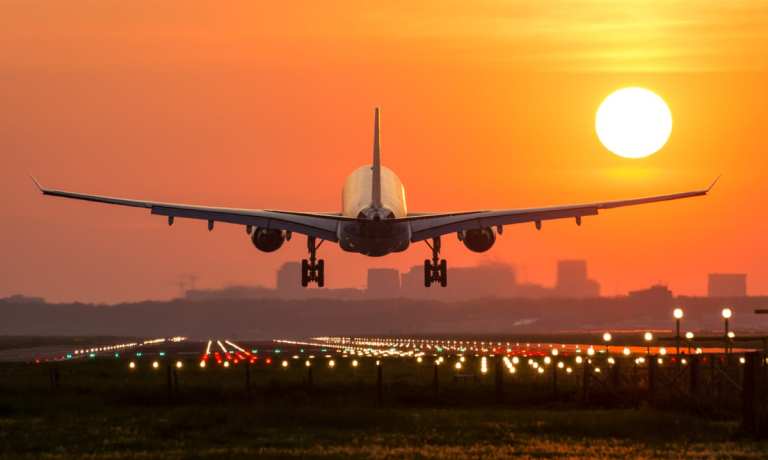The ultimate goal in the payments world is invisibility — a transaction that happens so seamlessly that it fades into the background of a purchase path, barely registering in the customer’s conscious mind. But invisible payments are a tough goal in a world where commerce is becoming more global, and payment methods are becoming more varied and specialized to meet customers’ patterns in each market.
As CellPoint Digital‘s Senior Vice President Product and Marketing Stephane Druet told PYMNTS in a recent discussion, businesses looking to do a good job at optimizing payments create a more complex set of payment options as part of a more robust payment ecosystem.
That means merchants, particularly multinational ones with cross-border transactions, must have the modern payment orchestration capabilities to offer customers the options to complete their transactions how, where and when they want, in the most efficient way. Second, noted Druet, they need to make sure that they offer the right range of payment methods and have a network of acquirers. They need to process those payments at the maximal acceptance rate and the minimal cost.
“There shouldn’t be situations anymore where customers can’t complete a purchase because something went wrong at the payment stage or because their preferred payment method or the flexible options they wanted to use weren’t available,” Druet said, noting that payment orchestration done right can head off those problems — particularly in the hard-hit travel market, where customers are often paying outside their home country.
How Payment Orchestration Works
Druet explained, payment orchestration makes it simpler for merchants to build and operate a much more sophisticated payment ecosystem.
Advertisement: Scroll to Continue
Traditional payment gateways give the merchant more limited payment options, fewer acquiring options and a more restricted range of cards and alternative payment methods. That simple service works just fine for domestic-only merchants but becomes sub-optimal when a business goes international and starts generating a large volume of cross-border transactions.
The first issue is a lack of local acquirers who could boost payment acceptance and reduce payment transaction costs, said Druet. The second is that many local preferred payment methods seen in Latin American markets are missing. And this is turning customers away. In that scenario, conversion rates dive while the merchant is still paying a premium cost per transaction for nothing, noted Druet.
Payment orchestration platforms implement a very specific payment ecosystem for each merchant that enables them to roll-out all the cards and alternative payment methods they need in all their markets and across all their channels, said Druet, while streamlining the reconciliation services and facilitating backend processes like refund or chargeback management.
Moreover, payment orchestration puts a failover process into place via multiple acquirers, such that if a payment transaction fails, the system automatically reroutes it via a second or even a third alternative route in an attempt to ensure the highest success rate. The merchant is happy because they are not losing any sales and minimize the payment cost; customers are satisfied because they can pay using a method of their choice with the flexibility they need without hitting any roadblocks.
And while all cross-border businesses, and even domestic ones with an international customer base, can be better served by payments orchestration, the travel industry is undoubtedly the one that will benefit the most, said Druet.
Why Travel Needs Payment Orchestration
As it attempts to recover from the pandemic, the travel industry, which by its very nature has a large and diverse international customer base, could most acutely stand to tap into the power of payment orchestration, Druet noted. The industry as a whole has been turned upside-down over the last year, which has created “massive pressure” on the payment side with peaks of chargebacks and the massive volume of refunds to be processed, said Druet.
As he explained it, “payment orchestration can help these companies recover faster.” It can help them reopen their travel destinations by activating all the payment methods and acquirers they need in the selected countries. It can also help streamline their back-end processes to better manage chargebacks or offer vouchers as an alternative to refunds, with fewer people and more automation.
The industry’s goal, stated Druet, is to make it easier for people to go wherever they want, but the virus has made the travel experience much more cumbersome. At least well-orchestrated payment platforms will reduce the burden on the payment side, making it as frictionless and flexible as possible.
“A positive side of the pandemic is that it will accelerate the need for travel companies to embrace payment orchestration and will ultimately simplify the payment experience for all of us who will soon resume traveling as we used to,” said Druet.




